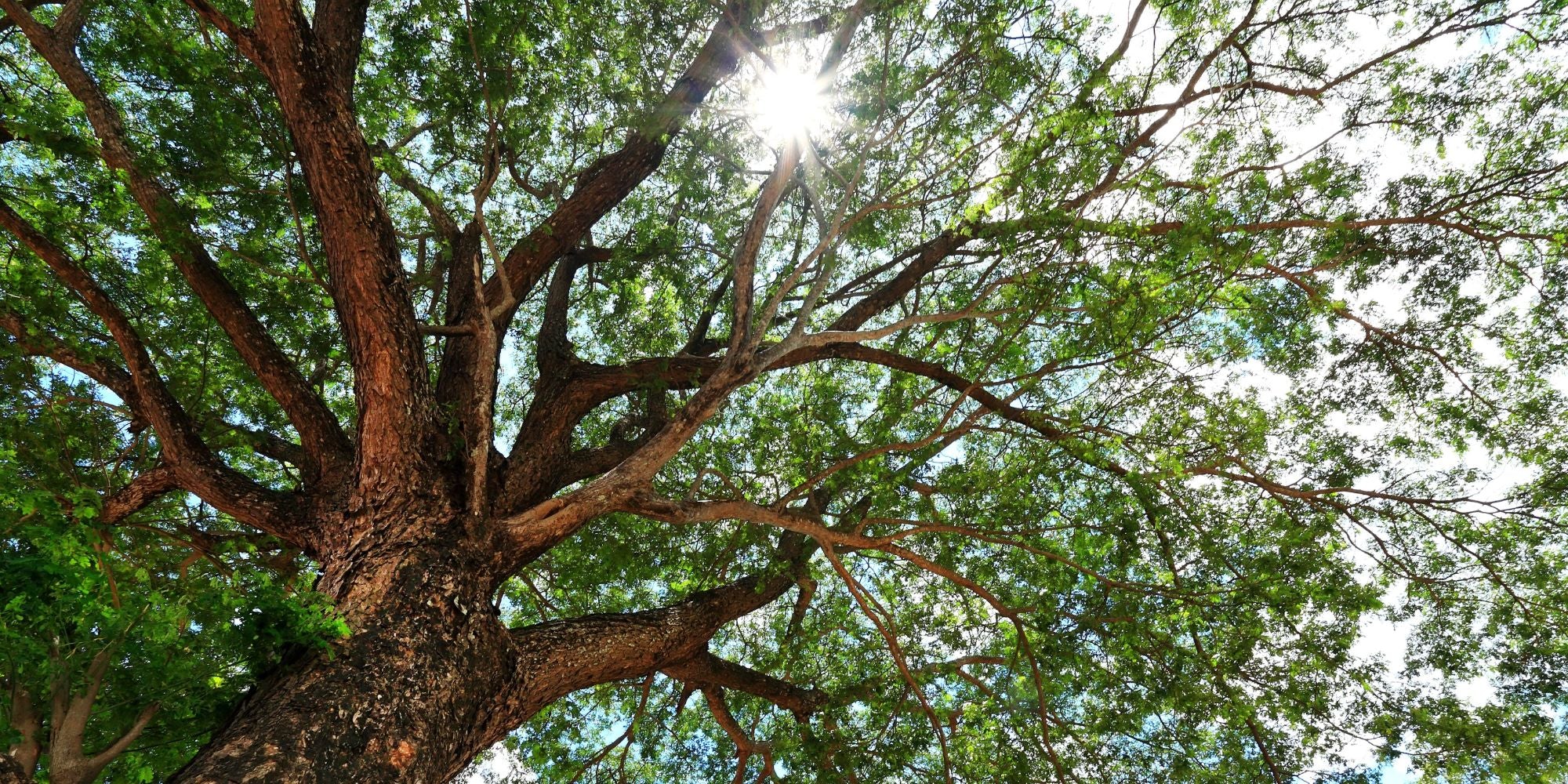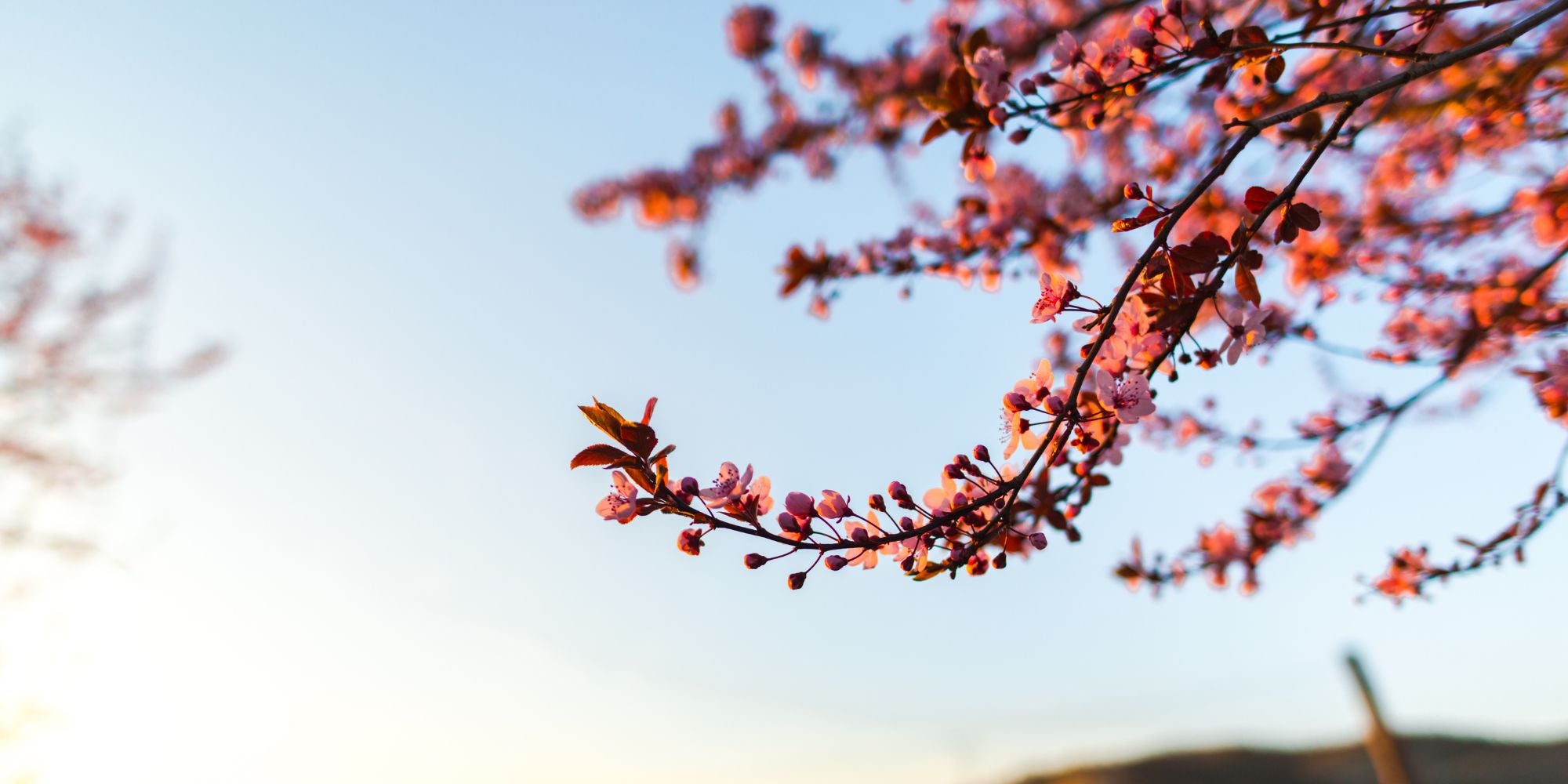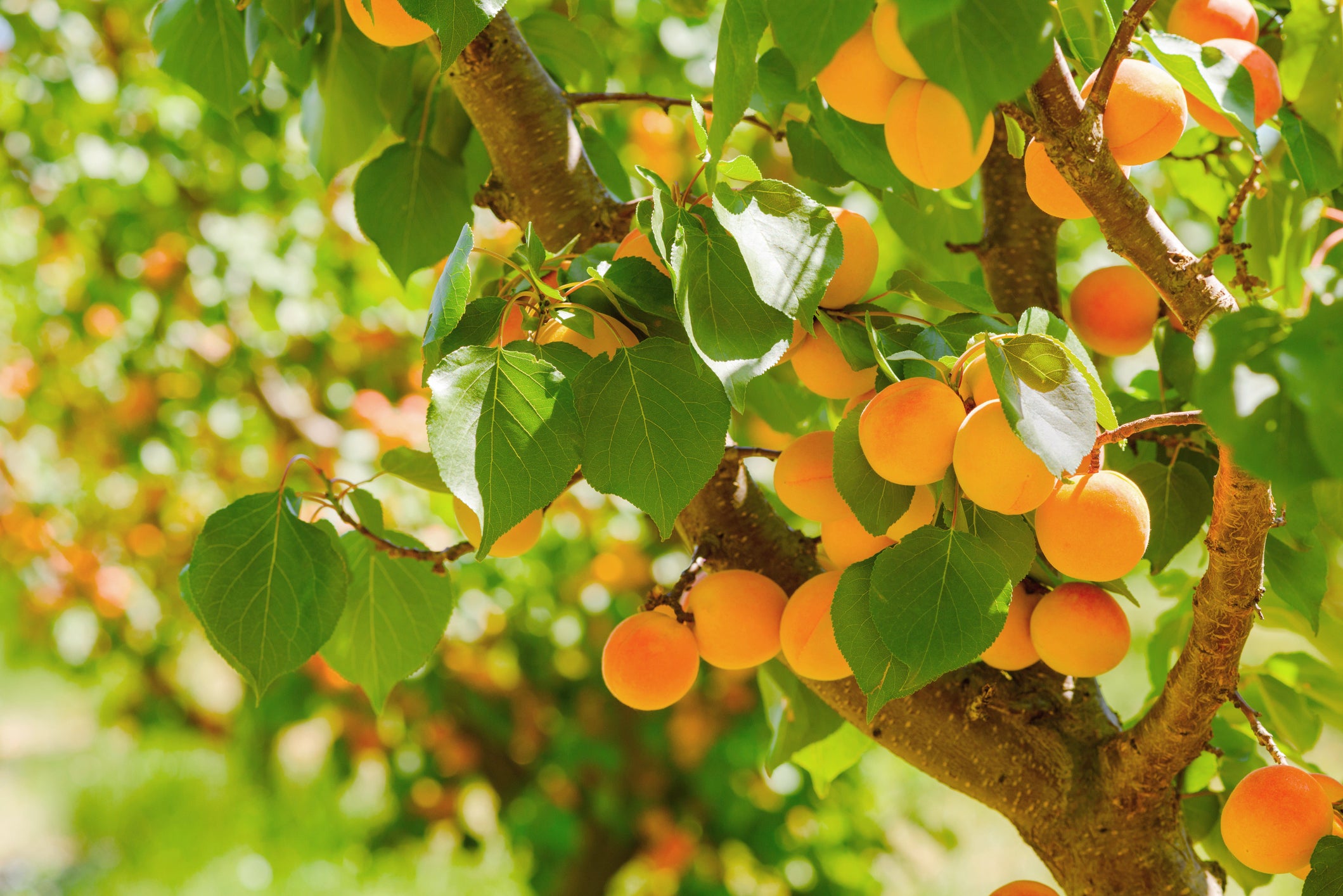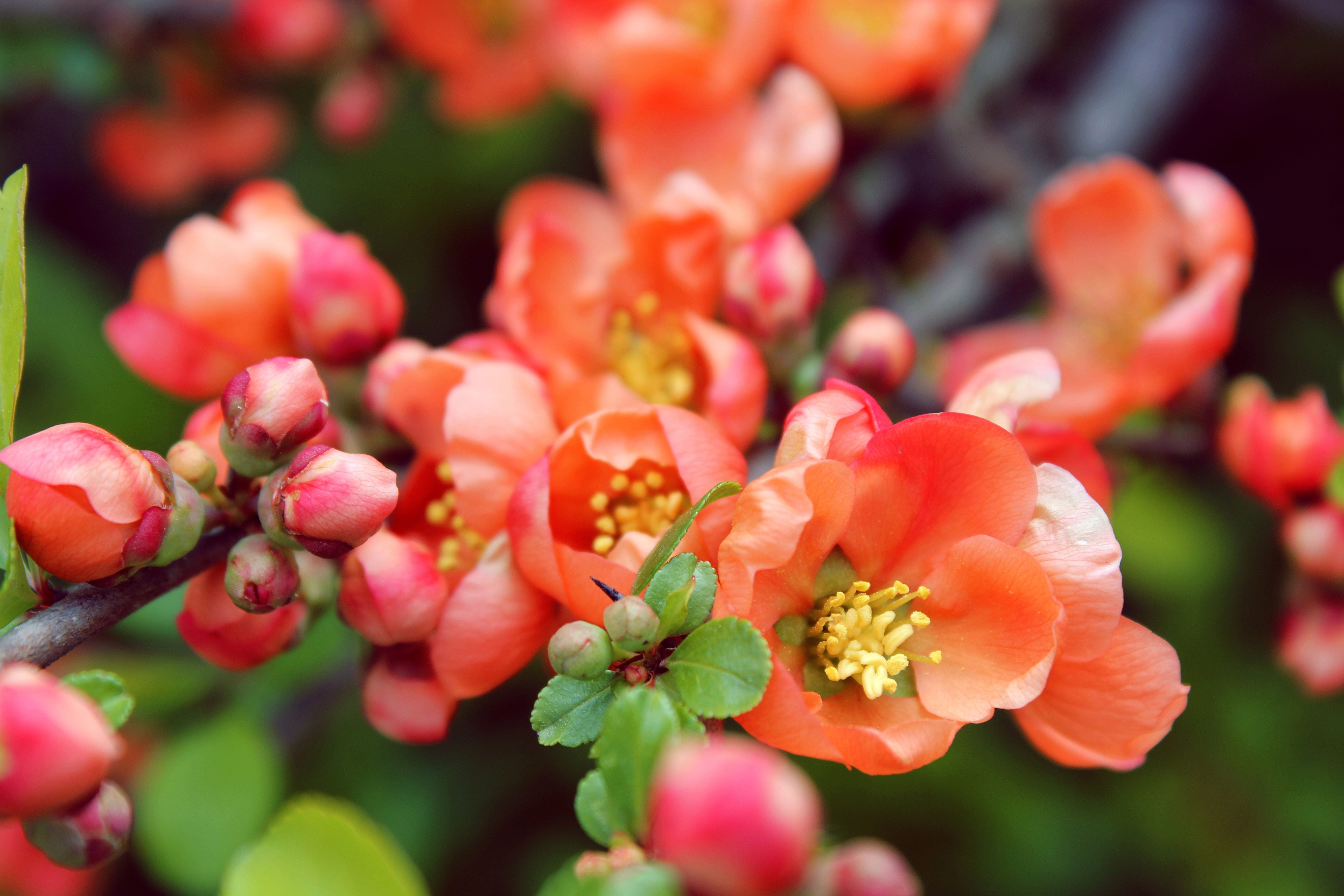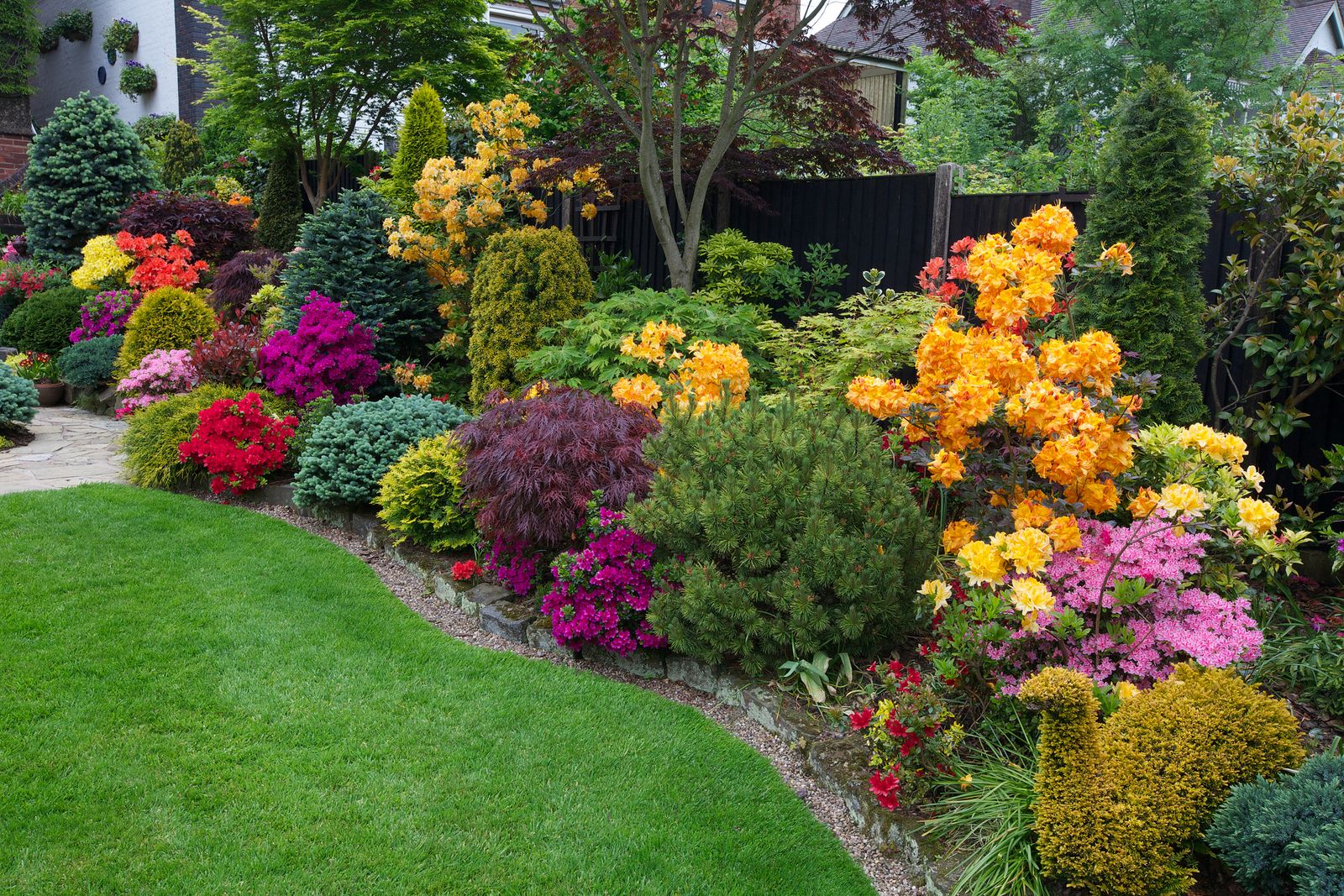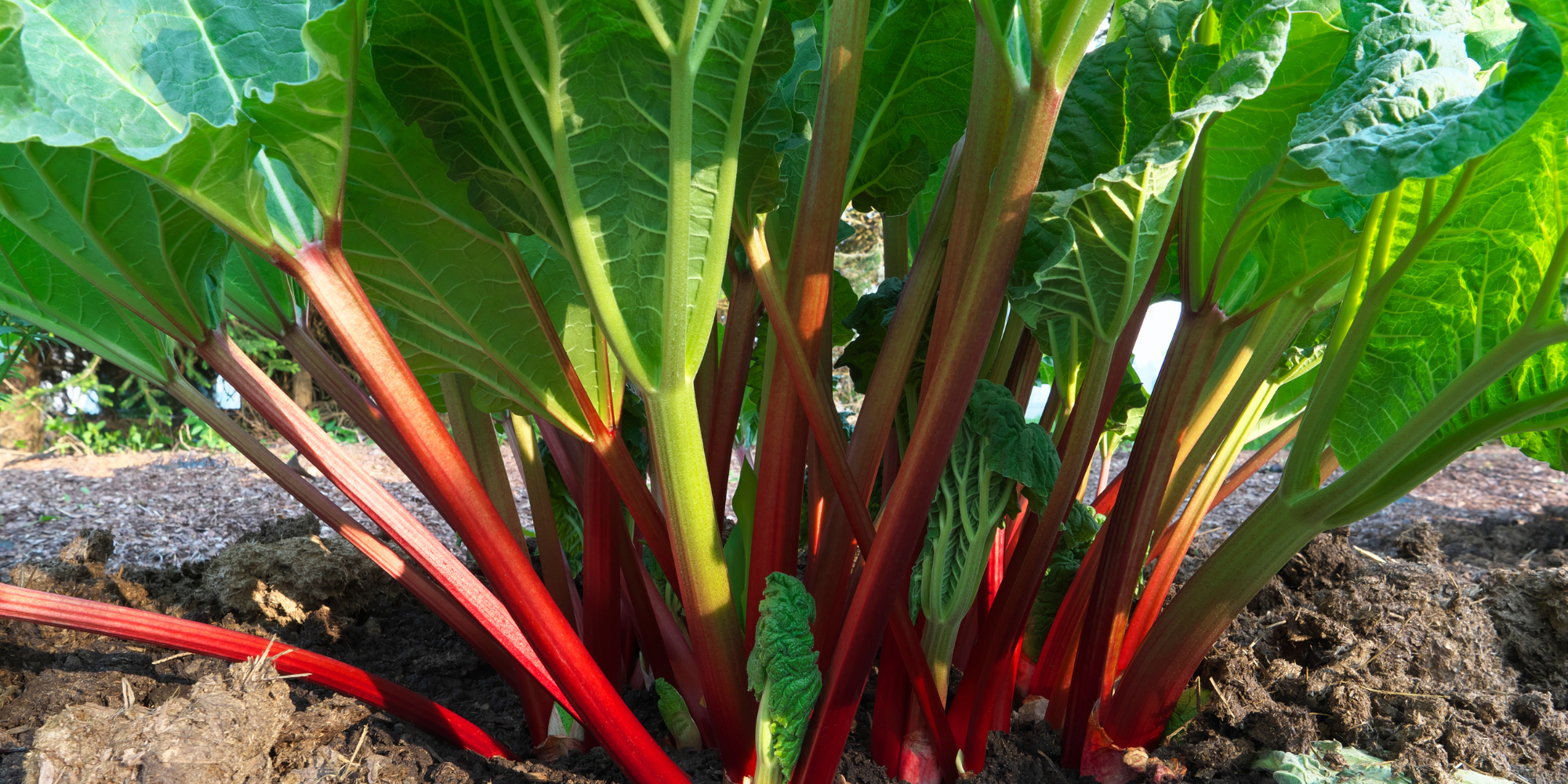Welcome to your Rhubarb Bare-Root Planting and Care Guide! Rhubarb is a hardy perennial plant that thrives when given a permanent spot in the garden. This guide will cover essential steps for planting, storing, and caring for your rhubarb crowns. Remove the bare-root crowns from their packaging upon arrival and tend to them immediately for the best results. Whether you’re planting right away or need to store them temporarily, these instructions will set you up for a successful rhubarb harvest season after season.
Planting
In-Ground or Raised Beds Only
Soil Preparation: Rhubarb grows best in rich, well-drained soil with plenty of organic matter and a slightly acidic to neutral pH (6.0-7.0). Mix in compost or aged manure to support long-term growth and provide essential nutrients.
Depth: Plant rhubarb crowns 1-2 inches below the soil surface, with buds or “eyes” facing upward.
Location: Choose a spot with plenty of sunlight, as rhubarb prefers full sun for optimal growth, though it can tolerate partial shade in hotter climates.
Spacing: Rhubarb plants require room to spread, so space crowns 3-4 feet apart. This spacing allows each plant to develop fully without crowding.
Steps for Planting:
- Prepare a hole large enough to spread out the crown’s roots comfortably.
- Place the crown in the hole with the buds facing up, then cover with 1-2 inches of soil.
- Water thoroughly to settle the soil around the roots and encourage establishment.
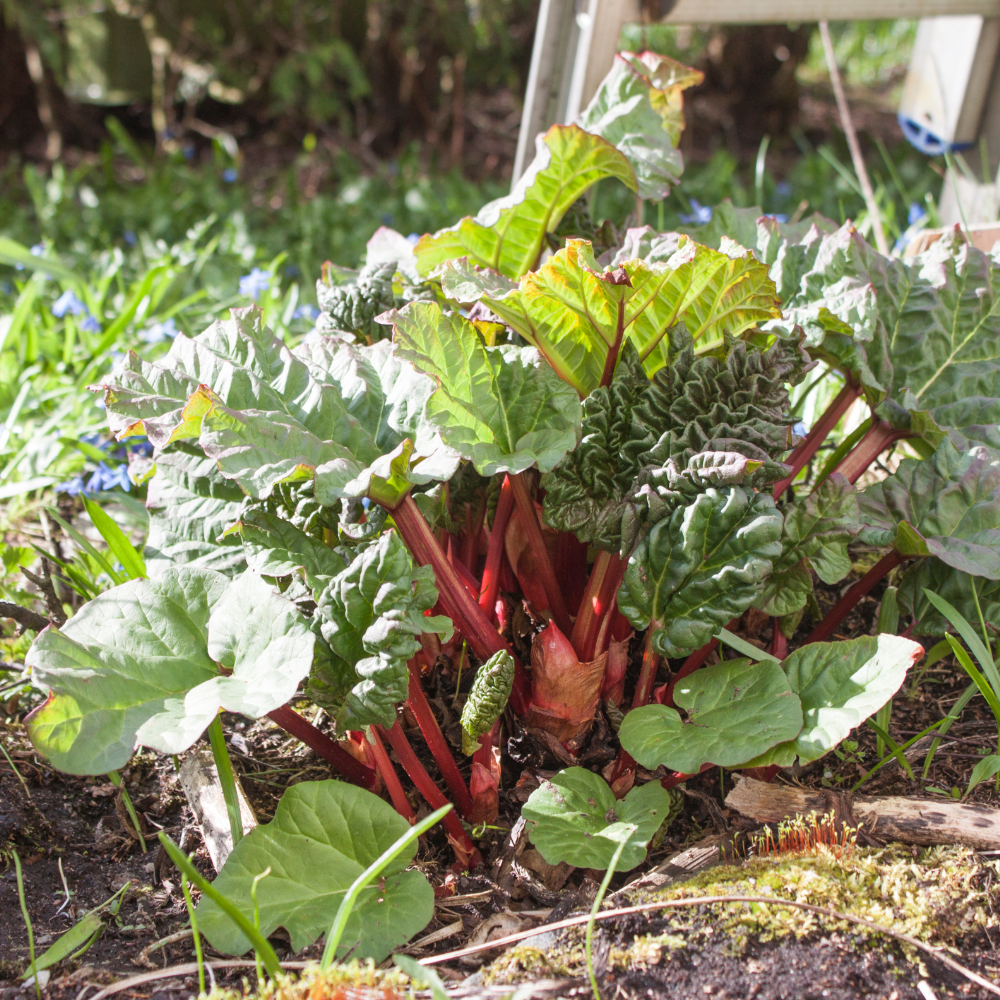
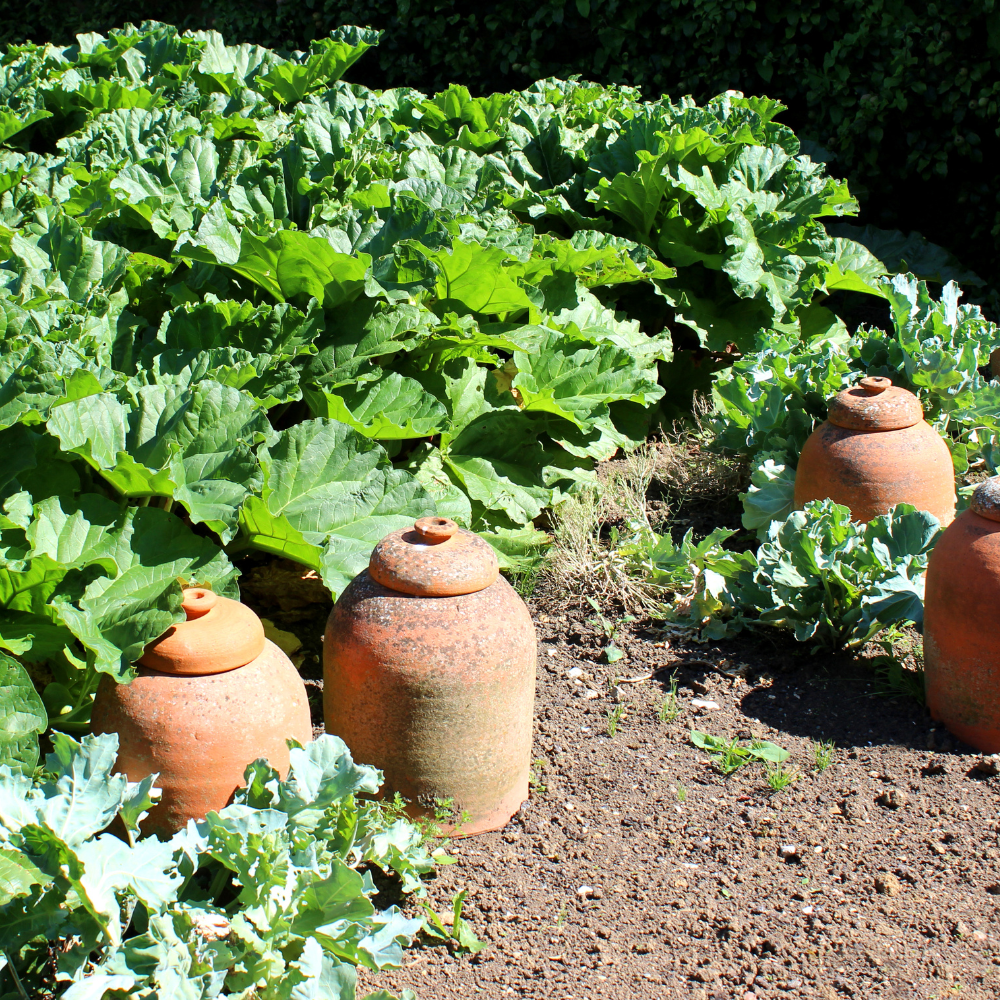
Temporary Storage Tips
Cool, Dark Storage: Store rhubarb crowns in a cool, dark, and dry location (such as a basement or garage) until you’re ready to plant.
Moisture Maintenance: Wrap roots in slightly damp paper towels or sphagnum moss, then place them in a breathable bag or box to maintain slight moisture. Avoid excessive dampness to prevent rotting.
Short-Term Storage: Rhubarb crowns can typically be stored this way for a few days to a week, but it’s best to plant as soon as possible.
Basic Care & harvesting
- Sunlight: Rhubarb requires full sun (at least 6 hours daily) for the best stalk production, though partial shade is acceptable in hotter areas.
- Watering: Keep soil consistently moist, especially during hot or dry periods. Avoid waterlogging, as rhubarb roots can rot in overly wet soil.
- Fertilizing: Apply a balanced fertilizer in early spring as plants begin to emerge, and refresh with compost or aged manure annually to support growth.
- Mulching: Add mulch around the plant to help retain moisture, suppress weeds, and protect the plant during winter dormancy.
Harvesting Tips
- Timing: Do not harvest rhubarb in its first growing season, as the plant needs time to establish. In the second season and beyond, harvest stalks when they are at least 12-18 inches long.
- How to Harvest: Grasp each stalk near the base and pull gently to remove it, or use a sharp knife to cut the stalk at the soil level. Only harvest one-third of the plant at a time to keep it productive. Avoid harvesting after midsummer to allow the plant to store energy for the following season.


